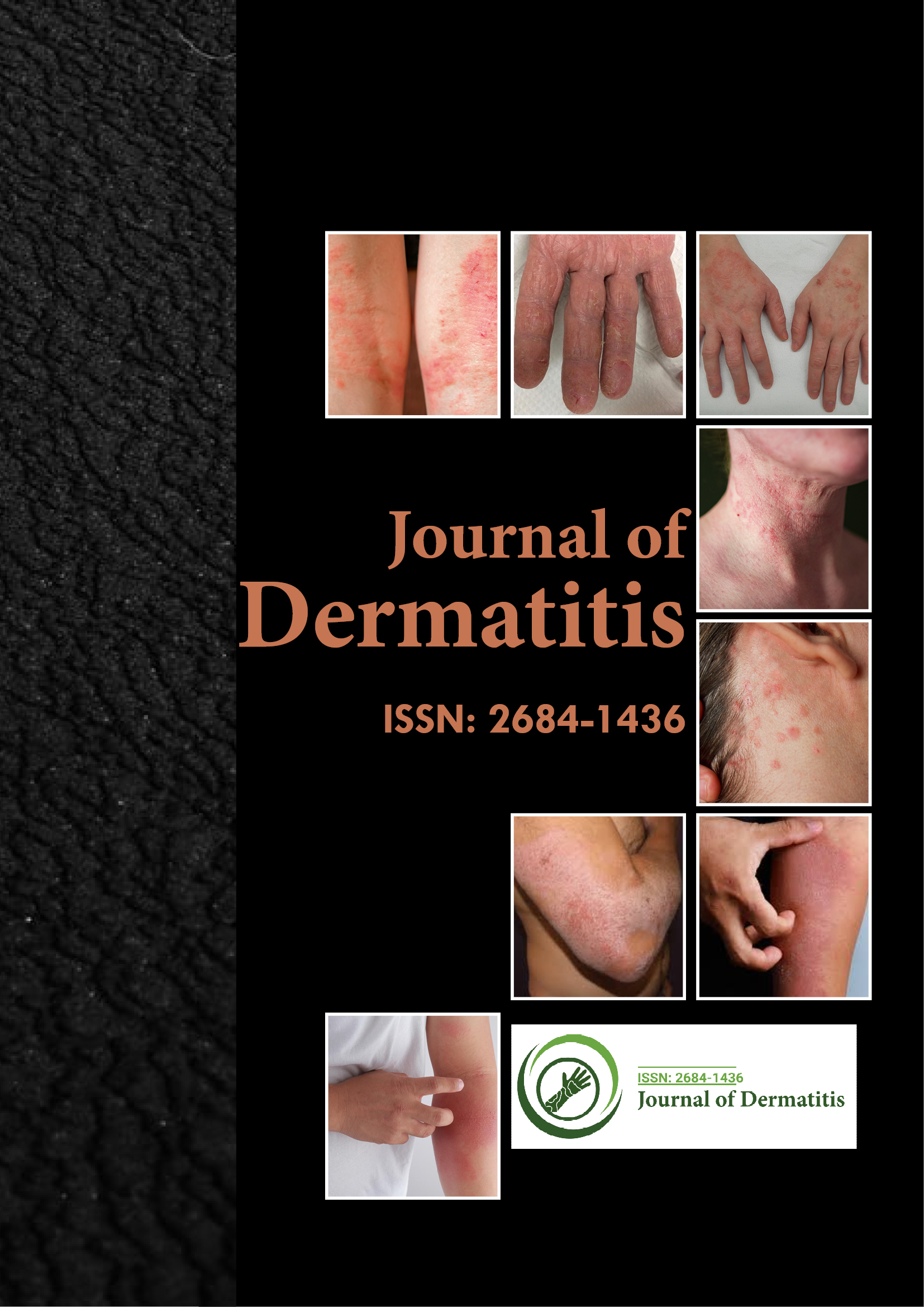Indexado em
- RefSeek
- Universidade de Hamdard
- EBSCO AZ
- Euro Pub
- Google Scholar
Links Úteis
Compartilhe esta página
Folheto de jornal

Periódicos de Acesso Aberto
- Agro e Aquicultura
- Alimentos e Nutrição
- Bioinformática e Biologia de Sistemas
- Bioquímica
- Ciência de materiais
- Ciencias ambientais
- Ciências Clínicas
- Ciências Farmacêuticas
- Ciências gerais
- Ciências Médicas
- Cuidados de enfermagem e saúde
- Engenharia
- Genética e Biologia Molecular
- Gestão de negócios
- Imunologia e Microbiologia
- Neurociência e Psicologia
- Química
Abstrato
Um ensaio randomizado para avaliar a eficácia e segurança do creme de pimecrolimus a 1% vs. creme de propionato de clobetasol a 0,05% para o tratamento do vitiligo infantil
Preeti Sharma, Amit Kumar, Amit Ranjan, Dhiraj Kumar, Bidisha Roy, Vikas Shankar e Ramawtar Singh
Objectivo : Avaliar a segurança e eficácia do creme tópico de Pimecrolimus a 1% vs.
Local de trabalho: Departamento de Dermatologia, Nalanda Medical College and Hospital, Patna, Índia.
Participantes: Em vinte e duas crianças com vitiligo foram seleccionadas duas lesões simétricas, aproximadamente do mesmo tamanho e tempo de evolução. Foram desprovidos de qualquer terapêutica tópica ou sistémica durante dois meses antes da inclusão.
Intervenções: Tratamento do vitiligo focal com creme tópico de Pimecrolimus a 1% ou creme de propionato de clobetasol a 0,05% durante um período de 3 meses.
Principais medidas de resultados: O grau de repigmentação foi avaliado por fotografias no início do estudo e novamente a cada visita de 2 semanas. As características de pigmentação, tempo de resposta, sintomas, telangiectasias e atrofia foram avaliadas a cada 2 semanas.
Resultados: Dezoito (81,81%) dos 22 doentes apresentaram alguma repigmentação. A percentagem média de repigmentação foi de 35,91% para o Pimecrolimus e de 40,45% para o clobetasol. As lesões em 1 doente em uso de clobetasol apresentaram atrofia e 2 lesões apresentaram telangiectasias, o Pimecrolimus causou sensação de queimadura em 2 lesões.
Conclusões: O pimecrolimus a 1% revelou-se quase tão eficaz como o propionato de clobetasol para restaurar a cor da pele nas lesões de vitiligo em crianças. Por não produzir atrofia ou outros efeitos adversos, o pimecrolimus a 1% pode ser muito útil para doentes mais jovens e para zonas sensíveis da pele, como os lábios, as pálpebras, a glande, devendo ser considerado noutras doenças de pele atualmente tratadas com esteróides tópicos. por períodos prolongados.